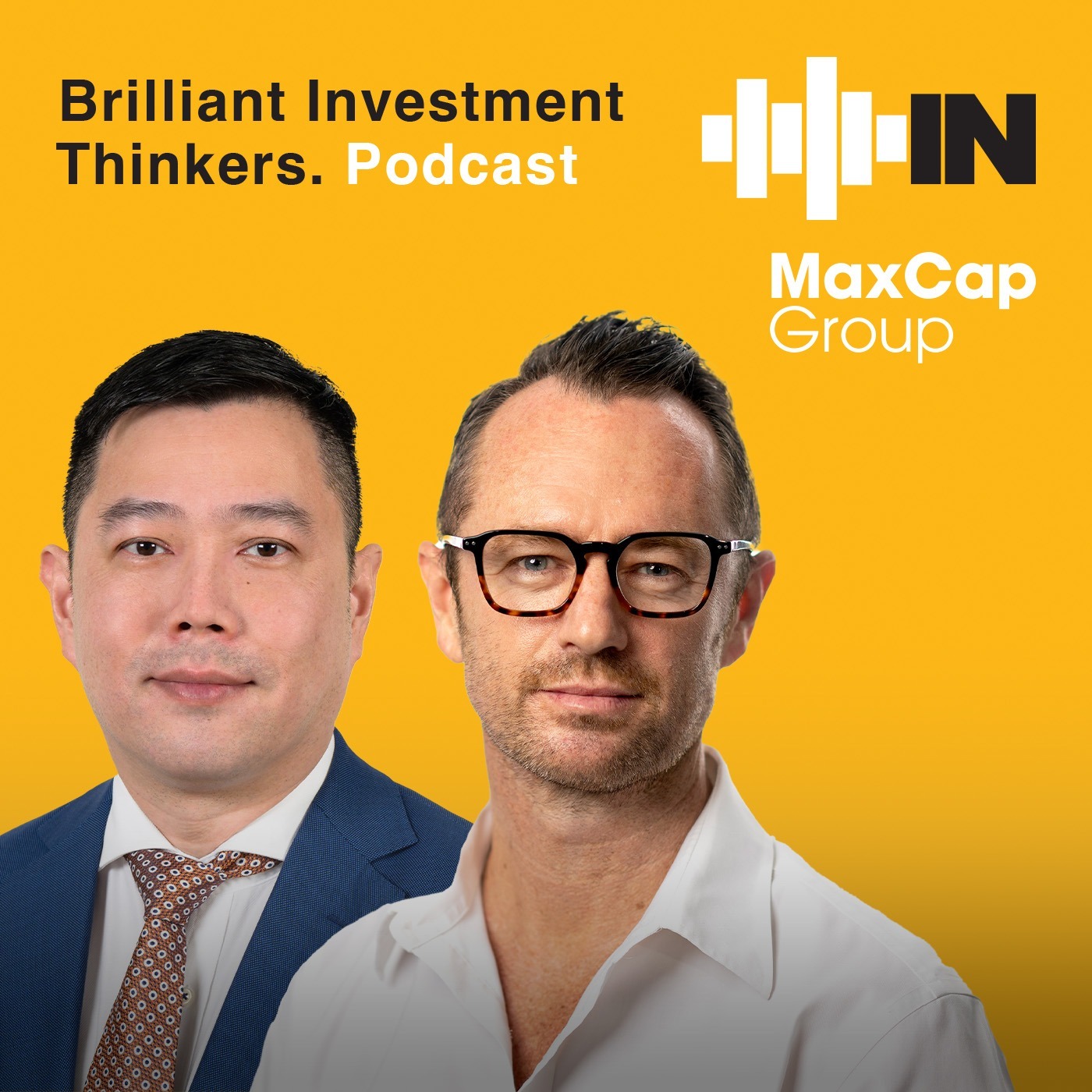IPO market may be ‘dead’, but PE purveyors quietly making moves to build up runway
Investors across the Private Equity spectrum have had a tough run in the last year or two, but while early-to-mid stage technology and health companies have taken a battering and few have developed into IPO-worthy companies, the investment teams behind them aren’t sitting idly by.
Bombora portfolio manager David Willington has had a front-row seat to the IPO downturn over the last 18 months. His group invests in the “small tech” space – companies that have a market capitalisation of between $10 million and $150 million – which has seen a 56 per cent valuation drop for the period. “If you think small caps has been badly impacted, then have a look at the sub-section of that, which is our small tech world that we live in,” Willington said at The Inside Network’s recent Investment Leaders Forum in Queenstown, New Zealand.
Despite suffering what he calls he a “fairly significant decline”, the affable portfolio manager says that he remains not only bullish on the opportunities the downturn presents, but invigorated by the work investors are doing to increase efficiencies on the companies that aren’t developing quickly enough to push towards IPO stage.
With these companies stalling, he explained, and an IPO not on the horizon, investors are pivoting away from planning to exit the investment and instead finessing the companies so that they’re in a better position when capital does flow back into the sector.
“The flow of capital has been been one way for the last 18 months, but it always does turn around at one point,” he explained. “And so the question is, what do you do during these periods? You can’t sit around and feel sorry for yourself and say, ‘the markets are not not being very friendly’, because as long as you see these trends fairly early you can adjust business plans accordingly.”
What that adjustment involves, Willington continued, has been a mixture of managing capital through the extended runway, increasing efficiency and and right-sizing companies.
“You might have had plans [for] new business development staff, you might have wanted to expand into the US or Europe… you might pull back those plans, and so on and so forth. We spent a lot of time over the course of the last 18 months managing cash flows, making sure that the businesses are (if they’re not break even) getting to break even a lot faster, and basically telling management, ‘you’ve only got this much runway, so you need to make it work’.
The message often boils down to pulling back growth levers on companies, he said, but the payoff is that in return these companies get to move forward on profitability. “If you look across the early stage companies, they’ve all done that in the last little while,” he added. “There’s been headcount reductions, there’s been controlling cash flows, there’s been managing much more staff KPIs, CEO performance, and making sure the business has got sustainable capital structures.”
Also on the panel, Accolade Partners chief investment officer Andrew Salembier, sympathised. Accolade sits on a similar, yet different chair in the PE spectrum, with the manager focused on “profitable, smaller bootstrapped companies” in what he calls the ‘growth equity’ international investment stage.
What Bombora and Accolade do have in common is that both lean towards technology, a sector that has seen more volatility than most in recent times. Accounting for that volatility is a challenge that takes patience and planning, he explained, but there are intrinsic benefits.
“One of the nice characters risks of them is the reoccurring revenue nature of their business models,” Salembier (pictured) said. “Typically, their customers sign up for something often to niche strategies, new software market… and they really own those customers, those customers are very much locked in to the software that they have. And it’s a very strong revenue base.”
The other is a comparatively low loss rate, when stacked up to other sectors.
“What we see a lot is that even when everything goes sideways, they can typically help build out the management team that can help with operational expertise, and you can still usually get your capital back or do a little bit better than that.”











